Travel chatbots are transforming the hospitality and tourism sector, introducing new efficiencies by acting as virtual guides and booking assistants. But how exactly are travel chatbots doing this?
After two years of declining revenues due to the COVID-19 pandemic, the travel and tourism industries appear to be back in business. Global international tourist arrivals grew by 130% in January 2022 year-over-year, according to data from the World Tourism Organization.
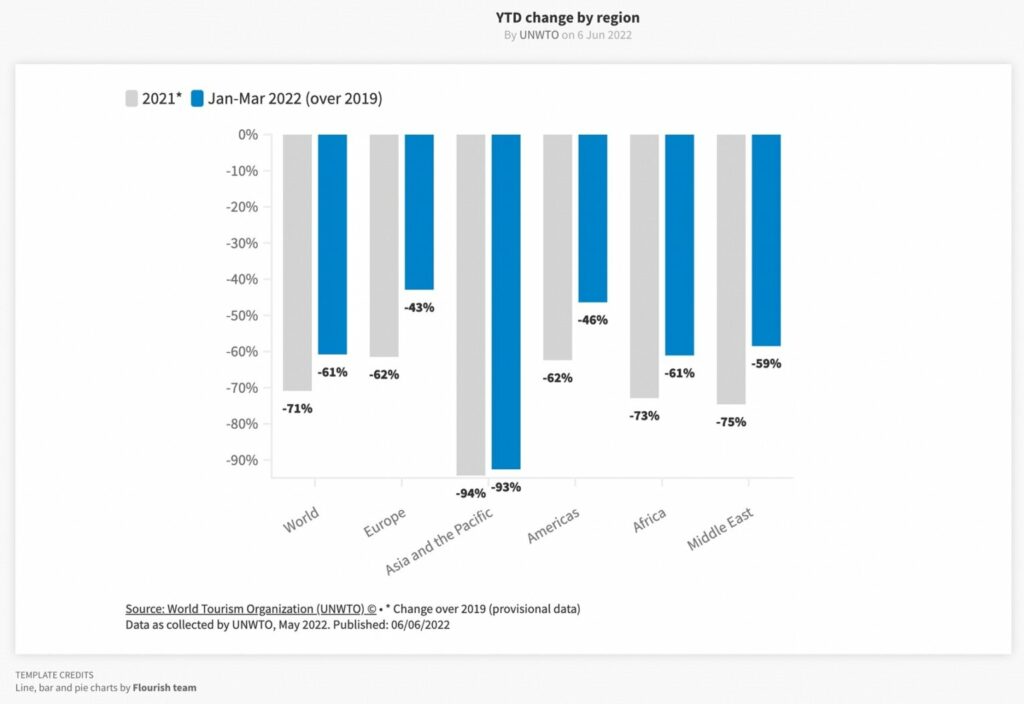
And despite the chaos and long airport queues due to staffing issues, Europe posted the strongest results, registering a nearly quadruple growth rate (+199). International arrivals in Europe are still -53% of pre-pandemic levels. Still, it’s nevertheless a promising sign for the global travel and tourism industries after over two years of lockdowns and quarantine-upon-arrival protocols.
What’s next for tourism and travel? Hint: It’s all about customer experience
Revenge travel or revenge tourism — whatever you want to call it, customers are raring to go back on holiday.
This global demand for travel and hospitality services presents a crucial opportunity for tourism companies and brands to make strong first impressions and strengthen brand loyalty with customers who simply want a return to “normal”. One way to do that is by accelerating your digital transformation to create new efficiencies and customer experiences.

It’s a strategy that leading tourism decision-makers have worked on since the height of the coronavirus crisis. According to Oracle’s Back to Hospitality report, 76% of hospitality executives agree that the pandemic accelerated their organisation’s adoption of new technology.
Related Reading: The essential guide to travel technology in 2022: tools, use cases and tips
Of course, this begs the question: what kind of technology can my organisation use to digitally transform the customer experience?
At Futr, we believe live chat and chatbots for the travel and tourism industry offer the most accessible path to digital transformation — particularly when it comes to your customer service capabilities. Travel chatbots are relatively simple to deploy across your customer service channels and offer a range of features that not only help your customers but also reduce the load on your customer service teams.
What are travel chatbots?
Chatbots are computer programs designed to imitate and process human conversations using natural language. Using artificial language (AI), machine learning and natural language processing, chatbots can understand words and conversations to come up with meaningful responses to questions.
Related reading: Chatbot terminology guide for newcomers: 12 terms you should know
And despite how they’re portrayed on film and television, it’s unlikely that chatbots will end up completely replacing human customer service teams. But what they do excel at is automating responses to predictable, repetitive questions.
In the travel industry, chatbots can take care of:
- Answering frequently asked questions (FAQs) 24/7
- Expanding your ability to automate responses to customer FAQs on a wide range of digital communications channels and social media platforms
- Answering customer FAQs in the user’s desired language (essential for international travellers who don’t speak English as a first language)
- Helping customers book their tickets, accommodations and restaurant reservations within the chat
- Helping customers pay for tickets and accommodation within the chat
- Acting as virtual tourist guides, providing travellers with directions and travel tips from their mobile devices.
Related Reading: AI in hotels: How tech is transforming the guest experience
A December 2020 survey by Statista found that roughly a quarter of travel and hospitality companies were already using chatbots to help guests make general inquiries, bookings and more. Meanwhile, nearly half said their organisations were planning to roll out chatbot services in the future.
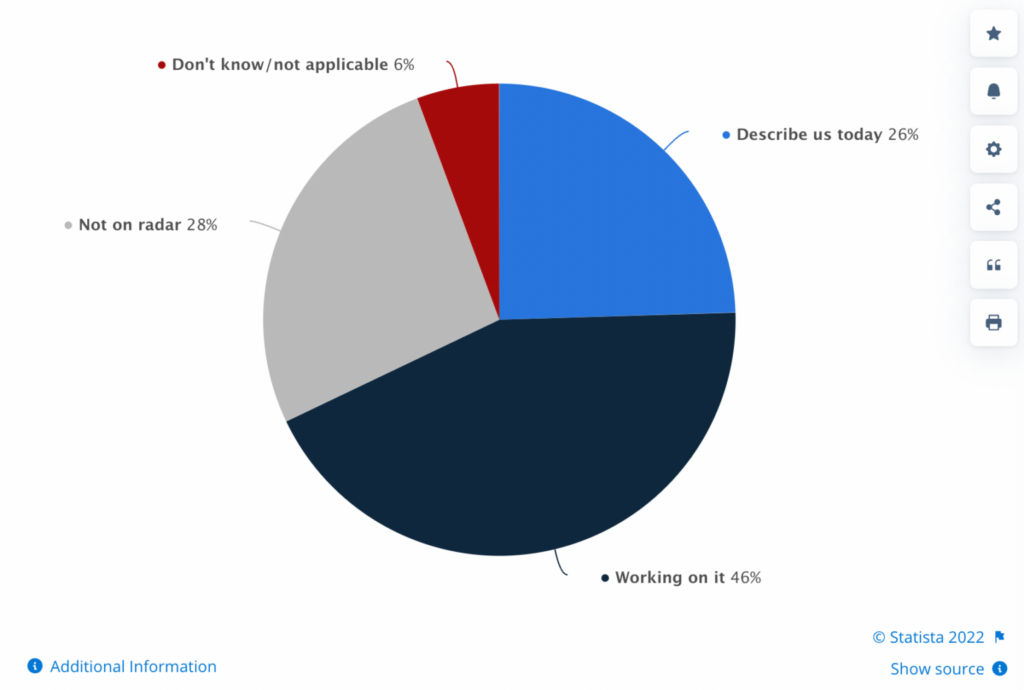
How travel chatbots can create a more engaging experience for tourists
Despite their exciting potential, it can be hard to get a clear picture of what chatbots can do for travel businesses, what their benefits are and what kind of ROI they bring to the table.
To help answer these questions, below are a few examples of popular use cases for travel chatbots.
1. Travel chatbot use case #1: Virtual research companion
According to research by Google and Bain & Company, the average traveller spends 13% of their time online conducting travel-related activities, ranging from research to booking flights.
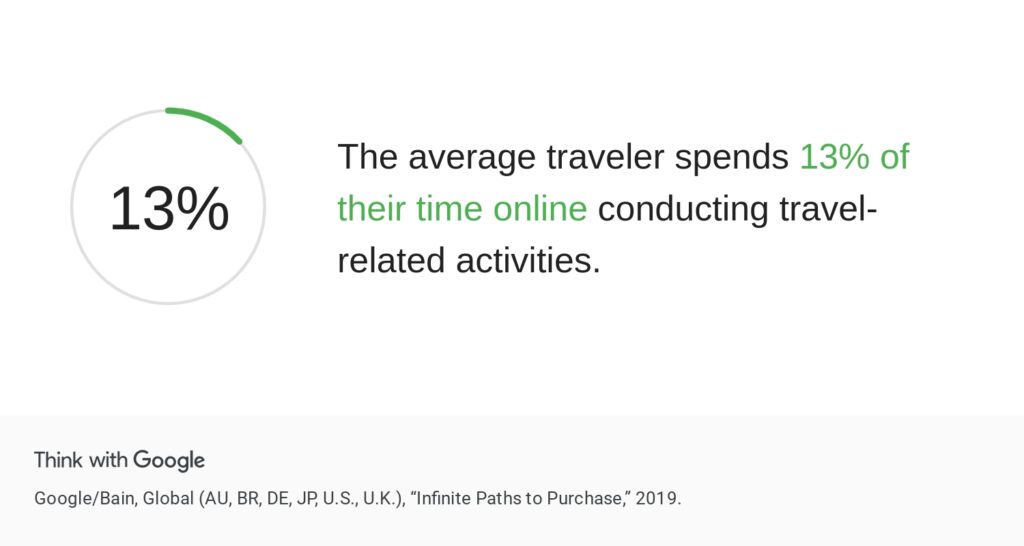
This presents an opportunity to use a travel chatbot to allow your brand to meet potential customers where they do their research, whether it’s your website or your social media channels.
Let’s say you operate a tour and travel agency. A travel chatbot on your app or website can answer queries about specific destinations, tour packages in that destination, what to see and do and more — all without requiring any human intervention.
This setup allows your staff to focus on more complex, strategic work that requires a human touch.
Related reading: 3 practical applications of chatbots for customer service
2. Travel chatbot use case #2: Booking assistant chatbot
Chatbot integrations supporting third-party payment providers like Stripe and PayPal enable you to accept bookings and payments within the chat — creating a streamlined sales funnel using the power of natural conversation.
For example, Jiffy Jane, a travel insurance chatbot by NTUC Income — Singapore’s leading provider of life, health, travel and car insurance — allows users to seamlessly fill up conversational forms within the chat. Users can then select their desired travel insurance package and complete the purchase within the chat.
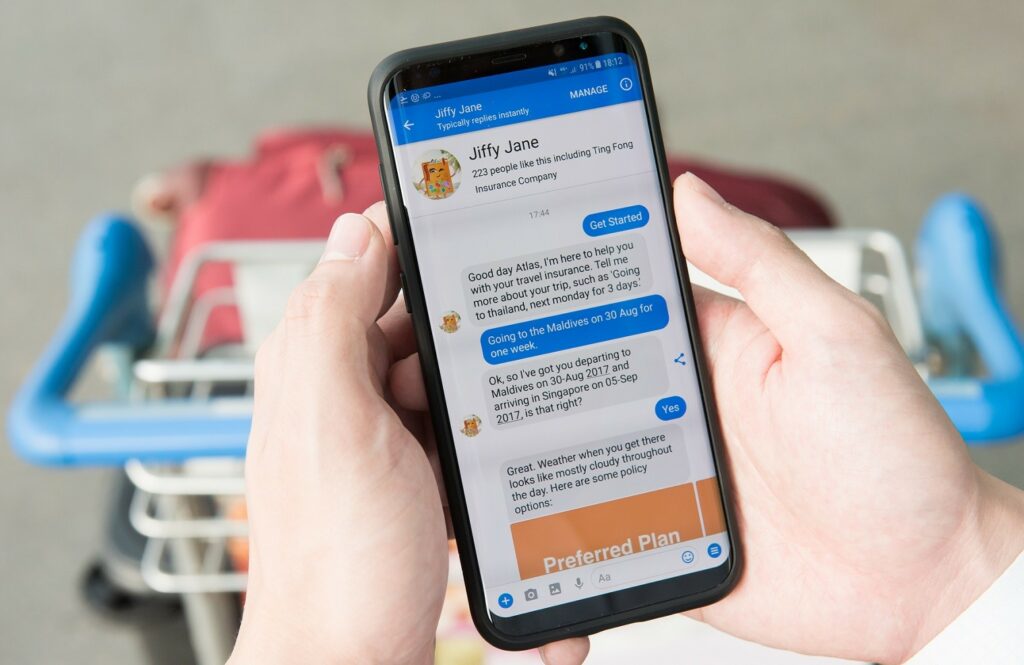
The possibilities are endless. Your travel chatbots can facilitate all kinds of bookings and reservations, from airline tickets and hotel rooms to tours, rental cars and more — all within the chat window. No need to download a separate app or leave the conversation to go to another web page. Users simply enter the credit/debit card details and complete the transaction.
3. Travel chatbot use case #3: Post-purchase care and engagement
Post-purchase engagement and care are just as important as closing the transaction. This is particularly true in travel and tourism, where 95% of customers spend a considerable amount of time doing research after making a booking.
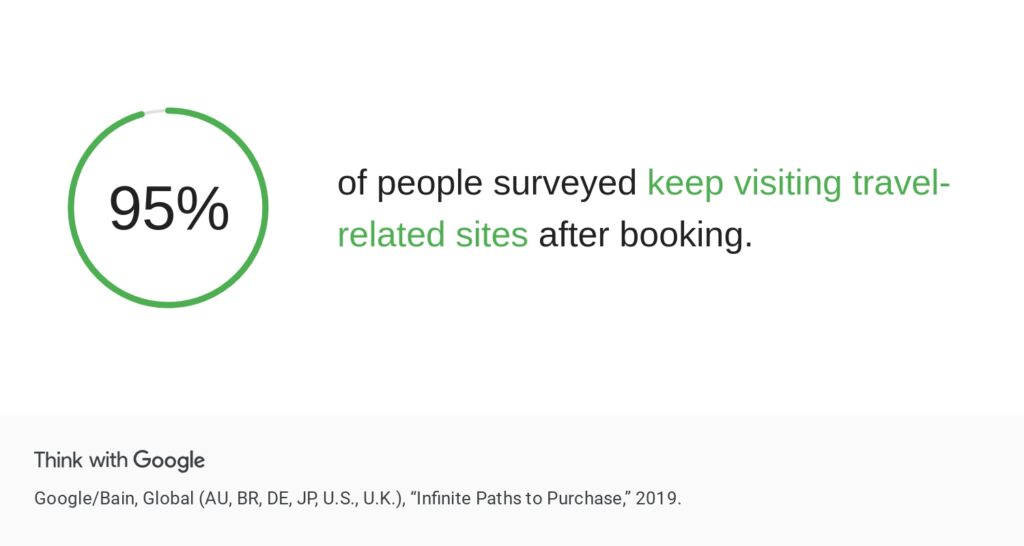
Chatbots allow you to answer any further questions your customers may have on the days leading up to and even after their booking. For example, Kris, Singapore Airlines’ travel chatbot, helps passengers by answering their questions, covering a wide range of topics such as baggage rules, lounge eligibility, flight status and more.

The growing accessibility of chatbot technology means that just about any travel and tourism company can now leverage chatbots and live chat in their customer service channels. Still, it’s important to take the time to understand how chatbots can elevate your customer experience — ensure you approach things with clear goals to get the most out of your investment.
Follow the Futr blog to get more insights on how the latest technologies are transforming customer service in the tourism and travel industries. Get in touch with the Futr team to learn how our live chat and chatbot platform can be deployed to your travel organisation. Better yet, sign up for a FREE four-week trial or schedule a free demo of our technology.

